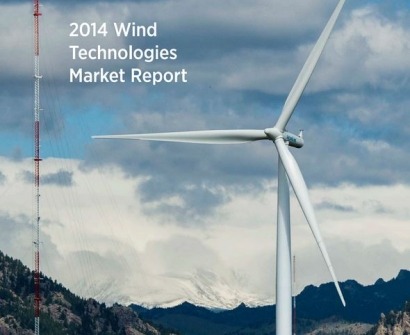
According to the report, the installed capacity of wind energy in the US is now in excess of 66 GW - enough to meet approximately five percent of the nation's electricity demand.
At the same time, wind energy represents more than 12 percent of the total electricity generation in nine states, and more than 20 percent in three states.
“Wind energy prices — particularly in the central United States — have hit new lows, with utilities selecting wind as the low cost option,” Berkeley Lab Senior Scientist Ryan Wiser said.
“Moreover, enabled by technology advancements, wind projects are economically viable in a growing number of locations throughout the US," he added.
Among the key findings of laboratory's latest “Wind Technologies Market Report”:
Lower wind turbine prices and installed project costs, along with improvements in expected capacity factors, are enabling aggressive wind power pricing.
After topping out at nearly 7¢/kWh in 2009, the average levelized long-term price from wind power sales agreements signed in 2014 fell to just 2.35¢/kWh—the lowest-ever average price in the U.S. market, though admittedly focused on a sample of projects that largely hail from the lowest-priced central region of the country. The continued decline in average wind prices, along with a bit of a rebound in wholesale power prices, put wind below the bottom of the range of nationwide wholesale power prices in 2014.
Wind energy contracts executed in 2014 also compare very favorably to a range of projections of the fuel costs of gas-fired generation extending out through 2040. These low prices have spurred demand for wind energy, both from traditional electric utilities and also, increasingly, from commercial customers.
“At 2.35 cents per kilowatt hour, wind is cheaper than the average price of wholesale electricity in many parts of the country,” Wiser said.
For additional information:

